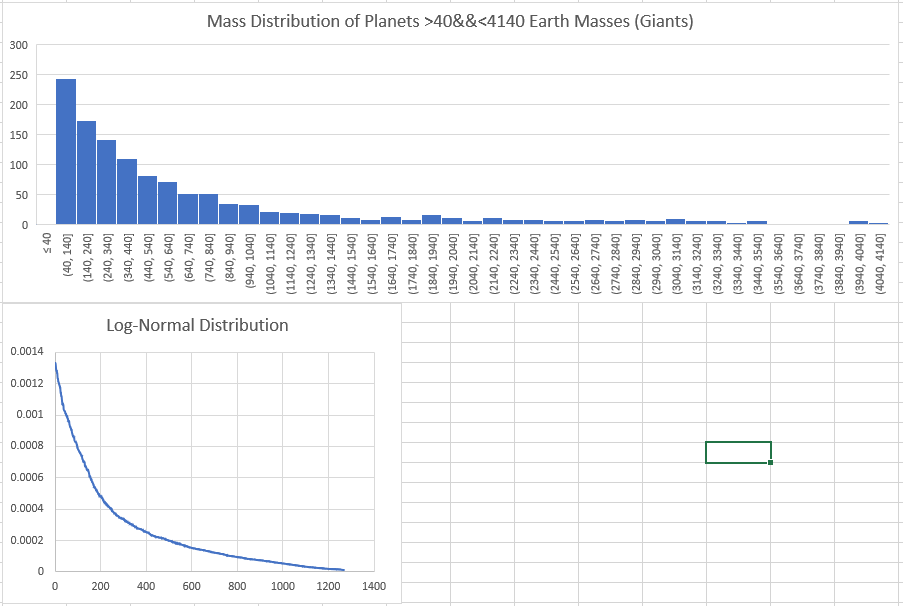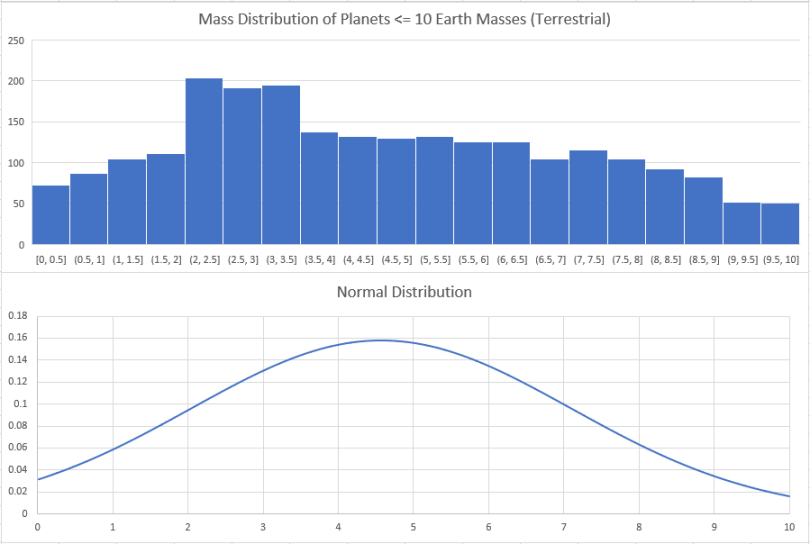Weekly Update 2 - (9/29/2020)


Ayyo! It's Weekly Update Time!
Sorry about the late update guys and gals. Some unforeseen things came up that delayed the posting of this update a bit. No matter, the update is here and better than ever.
Comets, Planets, and Moons OH MY!
The below paragraphs were written by our supremely cool head researcher Andrew Scott:
I’ve spent the week primarily researching the composition of stellar systems, to understand how we will generate these systems in Kepler. Stellar systems will have many elements to them: planets, moons, comets, even other stars. Glorious Dawn will generate and simulate all these celestial bodies. And there will be quite a few of them. Research suggests that stars with planets orbiting them are the rule, not the exception. Thus, there will potentially be thousands of worlds for the player to find in an average galaxy (which is why optimization is important to us…).
Our main focus so far has been on planets. Planets will likely be sorted into two general categories, terrestrials and jovians (or giants). These categories will be determined by the mass and density of each planet. Terrestrials refer to rocky, earth-like planets, while giants are planets like Jupitor and Neptune - huge in volume and mass, and lower in density. This is not to say that supermassive terrestrials cannot be found, however. Solid planets have been identified in our galaxy that may be forty times the mass of Earth or higher.
These planets will be further categorized by factors like their material composition and orbital period. Gas giants, ice giants, tidally locked planets, these will all be generated and represented in Glorious Dawn.
To help create particular equations for these planets, we are using data drawn from the NASA Exoplanet Archive. This data is not a perfect resource, of course. Our current methods of detecting planets are much more likely to detect planets close to their host star, and the vast majority of planets in that archive have an orbit of less than one AU around their sun. However, it’s what we have to work with, and decent approximations can be made for mass distribution of planets and the like.
The dataset for moons (or satellites) is even smaller - as far as I’m aware, no satellites have been confirmed outside of the Solar System. Thus we will need to rely on data from satellites within our Solar System and theories about how they are formed. The same is for smaller celestial bodies like dwarf planets and asteroids.
There is still a lot of research and exploration needed to satisfactorily create stellar systems, but we have a solid foundation to build from.
Below are two mass distribution histograms based on data from the NASA Exoplanet Archive (I don't use R all that often so I'm rolling with Excel right now):

This log-normal distribution probably needs some tweaking.
If that normal distribution could shift over a bit that'd be great.
Stellar System Zoom
Most of the effort by the team has been put into backend work for the stellar system generation within version Kepler. The above video demonstrates an early implementation of the stellar system view. This will not be a separate screen or tab within the game. Each stellar system will load in in real-time, without loading screens or pop-in.
Currently the stellar systems you can see in the video are generated randomly. They use no scientific data to support the systems that they generate. The next step is to integrate the work that has been done to research exoplanet distributions and stellar system composition into this generator. This will allow for us to accurately generate entire solar systems based on distribution curves.
Goals
By Sunday, our team intends to have a working implementation of the stellar system generation that utilizes the equations and distribution curves that we have been able to construct for accurate simulation. With this implemented, focus can shift towards prettying up interactions with stellar systems and allowing the player to glean more information from celestial objects.
Conclusion
True gameplay likely won't surface within Glorious Dawn until a couple more milestone versions down the road. This is due to the fact that our game is trying to create an entire galaxy and then simulate the history of that galaxy. That requires a lot of backend. Just something I thought was worth mentioning. To those who are uninterested in the project as it is mostly a generator tech demo right now, stay tuned to the weekly updates and you will be greatly rewarded for your patience. In due time Big Owl Interactive will create the finest space opera simulator in the land. Also likely the only one...
Thanks again for stopping by and remember, a still more Glorious Dawn awaits.
Sincerely,
Bryon Karger
Get Glorious Dawn
Glorious Dawn
Space Opera Simulator
| Status | In development |
| Publisher | |
| Author | Big Owl Interactive |
| Genre | Simulation |
| Tags | 4X, Exploration, grand-strategy, Immersive, Real time strategy, Sci-fi, Space, Space Sim, Unity |
| Languages | English |
More posts
- Weekly Update 13 - (02/01/2021)Feb 02, 2021
- Weekly Update 12 - (1/12/2021)Jan 12, 2021
- Weekly Update 11 - (12/27/2020)Dec 28, 2020
- Weekly Update 10 - (12/21/2020)Dec 22, 2020
- Weekly Update 9 - (12/7/2020)Dec 08, 2020
- Weekly Update 8 - (11/22/2020)Nov 23, 2020
- Weekly Update 7 - (11/15/2020)Nov 16, 2020
- Weekly Update 6 - (11/8/2020)Nov 09, 2020
- Weekly Update 5 - (11/1/2020)Nov 02, 2020
- Weekly Update 4 - (10/25/2020)Oct 26, 2020


Leave a comment
Log in with itch.io to leave a comment.